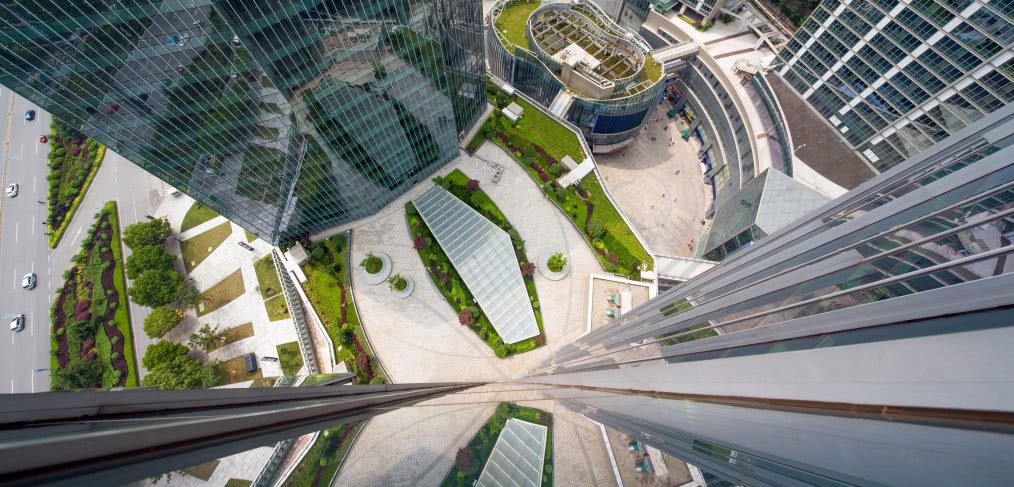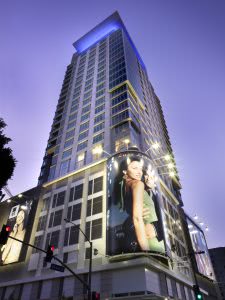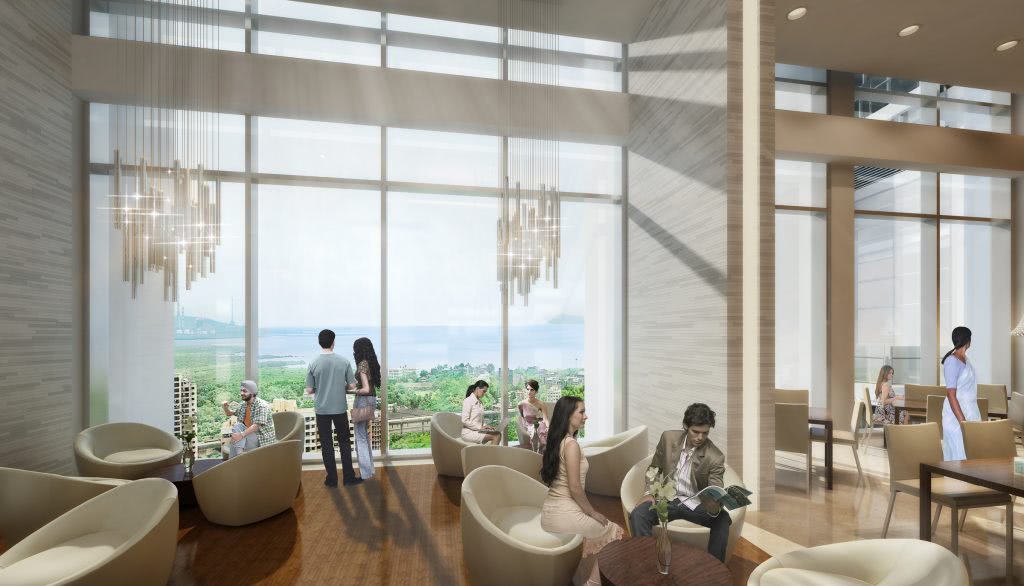
The Tower of the Future
CRTKL’s Kenneth Turner predicts how towers will change, develop and innovate in the coming years.

It’s a well-known and oft-quoted statistic: by the year 2050, 70% of the world’s population will live in urban areas. What we don’t yet know is what portion of that 70% will live, work or play in skyscrapers.
Though controversial, tall towers are still the go-to building typology for achieving high density with a small footprint. Historically, they have had one goal: to be an “icon”—a symbol of financial power and modernity, a paragon with which all the city’s residents identify and a draw for visitors who pay top dollar to visit the top. Some continue to dominate the skyline; others have fallen into ruin.
Densification and limited resources demand that the tall tower move beyond its iconic form to become a catalyst for a change—a living organism that is not only self-sufficient, but contributes to the liveability of the community that hosts it.
Survival of the Fittest
It may sound bleak to make the case for urban development as a fight for survival. But as long as the relationship between population growth and resources continues to be an inverse one, the responsibility we have to accommodate this growth is hugely consequential.
What if we imagine the tower of the future through a Darwinistic lens? Gauging its potential to be a solvent for the world’s problems requires understanding the building’s inherent traits and how those will shift in response to changing conditions—an analysis not unlike Charles Darwin’s evaluation of the Galapagos finches.
Just as the finches developed through a process of natural selection, the tower of the future will need to adapt, respond to and support its environment in order to survive and thrive. Architectural features that provide no value for the building itself or for the community it serves should become obsolete, and iterative improvements—some big, some small—will help sustain it.
For this to happen, there has to be a break from dependence on outside resources, utilities and infrastructure. To facilitate it, we need innovation in two key areas: how the tower is built and how it addresses the human scale.
New Ways to Build
The tower of the future needs to be a fully efficient assemblage of lean material that integrates all operational aspects and traditionally different parts of construction into one high-performance engine capable of net zero energy.
Waste Not, Want Not
According to a report by EcoMENA, 70% of the total solid waste generated in the UAE is thanks to construction and demolition; 5,000 tonnes of construction and demolition waste are produced every day in Dubai alone. And when it comes to construction waste, tall towers are among the biggest offenders. New strategies for reducing waste, removing excess by-products from the outset and recycling and reusing material would be a huge step in the right direction. For instance, MEP can be fully integrated into structural systems, rendering MEP ducting, conduit for electrical and other materials unnecessary and further eliminating excess material.
A New Dimension
When it comes to the stuff towers are made of, we can’t talk about new ways of building without touching on 3D printing. Dubai debuted the world’s first 3D-printed building in May of this year. While it’s currently used in smaller-scale projects like this one, the draw of 3D printing is that it allows for customized systems as innovative as you can draw them. Additionally, the ability to manufacture pieces and parts on-site and in a controlled environment can reduce waste, speed construction and increase the overall quality of the built environment in ways previously unimaginable.
Race to the Top
3D printing isn’t yet a viable method for all projects, so it’s worth considering other ways to reach new levels of efficiency and speed in construction. Looking outside of the architecture and design industry—to aviation or automobiles, for example—might lead us to new, unconventional ways of building, just like surgical teams in the States have adopted new strategies for accuracy and efficiency from race car pit crews:
“Hospitals in at least a dozen countries, including the U.S., are learning how to translate the split-second timing and near-perfect synchronization of Formula One pit crews to the high-risk handoffs of patients from surgery to recovery and intensive care. The racing crews can refuel a car and change all four tires in seven seconds, and no F1 driver has died at the wheel in a Grand Prix race since 1994.” – American Medical News, 2010
Perhaps a pit crew isn’t the solution when it comes to tall tower construction, but maybe there are lessons to be learned from others that could improve the processes and procedures followed to pre-assemble large parts in a factory, for example.
Human Adaptation
Every building type has its limitations. But if history has taught us anything, we know that what was previously considered impossible typically does not remain so for very long. We adapt; we find ways to deal with the logistics. But we can’t forget one very important factor: the human scale.
The Sky Isn’t the Limit
It’s possible that the human psyche will be the only real barrier to how tall we build. A study completed by Robert Gifford for Architectural Science Review demonstrated that people’s perception of towers depends, predictably, on differentiators of gender, age, social and marital status and whether or not they have children; but, in general, tall towers are not a suitable environment for children and the elderly due to safety concerns and the risk of social isolation, leading to depression.
Other factors in play: tall buildings take longer to enter and leave, presenting barriers to social interaction and street activation; the speed at which someone can travel in an elevator lift has a direct connection to ear pressure and can cause dizziness and nausea; and how towers respond to natural weather events can also pose risks that not everyone is willing to take (consider, for example, the March 2011 earthquake in Japan, which led unit sales in towers to plummet and existing tenants to vacate).
Drawn to Scale
With all of that said, there are ways to ensure a more intimate scale and comfortable interaction. How we relate to the size and height of our surroundings is critical, and incorporating gradation such that the tower does not overpower those who inhabit it is one way to mitigate the visual impact. Creating different levels also opens up interesting opportunities to introduce a sequence of experiences and to be creative with transitions and zoning. Promising advances in lift technology, the implementation of communal areas for entertainment and recreation and incorporating green space are also a big help.

The Evolution of a Symbol
As urban areas grapple with population growth and our cities turn to megacities, the tower will almost certainly continue to be a dominant building typology. However, the current approach to tower design and construction is unsustainable. What’s more, those who are drawn to the tower solely as a symbol of a city’s affluence must seriously consider what makes for a better “symbol”: a wasteful, underutilized, expensive icon, or a pioneering structure that provides for itself and the city around it, thereby increasing quality of life? Generating solar power, recycling wastewater, facilitating urban farming—these are all possibilities for the tower of the future. Only time will tell where our ambition and ideas will lead us.
